Nice Warren!
This is so cool to have so many input on this issue. As you can see from my Martin Frobisher seedling how chlorotic looks.
I suspect that a disease like chlorosis can inhibit seed set and make the plant more susceptible to winter kill.
Warren, I took your advice and secured some some large wheat straw bales this fall. Next spring I’ll apply 3 inches of
of straw to see if that remedies the yellowing of my roses.
I too,collect rain water in large vats for watering potted roses in the greenhouse. Our well water has too many chemicals like manganese. My Ag.Rep. told me I was literally poisoning my potted roses using wall water.
I water my baby seedlings in the basement in winter with melted snow.
Chuckp
Certain rugosa hybrids seem to be better than others for disease resistance. The best I have found for my area (in Tasmania, Australia), is Dagmar Hastrup. This is an OP I kept from it that has essentially reverted to wild-type rugosa but which is very healthy (no disease). It also tends to make very long, lax, stems, and not be overly floriferous. The advantages of using rugosa for health break down quickly when matched with more modern roses and many of the seedlings I’ve ever had have never flowered.
[attachment=2]OPFrauDagmarHastrup5.jpg[/attachment][attachment=1]OPFrauDagmarHastrup7.jpg[/attachment][attachment=0]OPFrauDagmarHastrup6.jpg[/attachment]
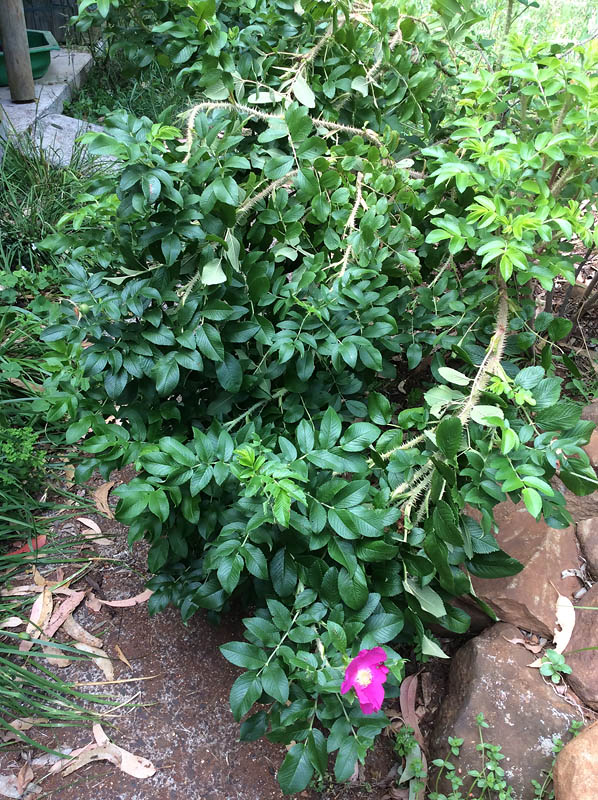
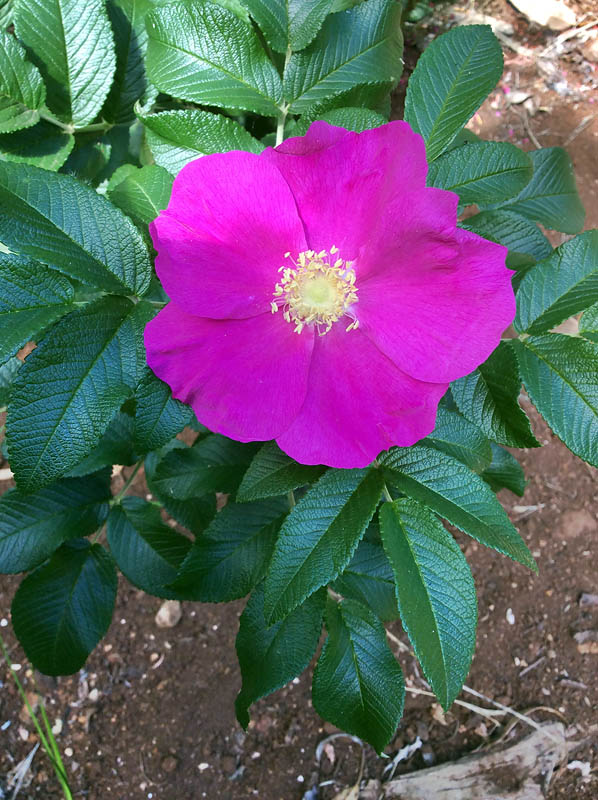
Here is some thing different Seedling Q18 R78 Type 2
Fru Dagmar Hastrup (T) Type 1 X Sweetspot Calypso
The Rugosa has been able to halt the BS, which is a problem for Sweetspot Calyps
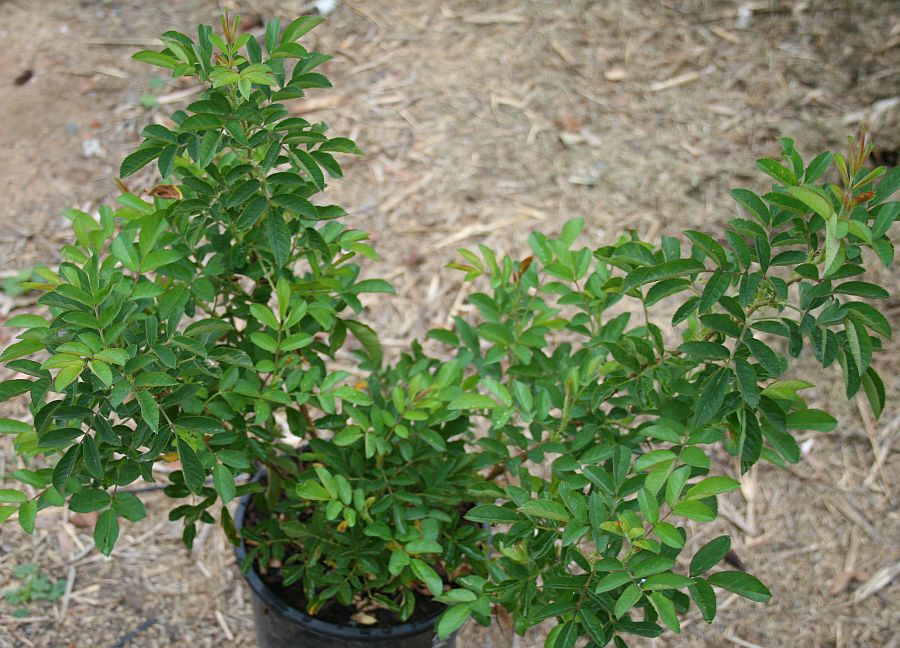

Hi Warren,
Wow, your rose is beautiful!! You have a nice spot in your hybrid in the first generation!! Sweet Spot Calypso is diploid from the root tip squash I did of it, so likely your hybrid will be diploid as well with the other parent being a diploid rugosa. I hope you have some fertility in this hybrid to take this line further. Keep up the wonderful work!!
Hi David
The rugosa’s I treated with Trifluralin when at the cotyledon leaf stage are those which have the (T) behind them. I am not sure if they converted, perhaps one day I will have them checked. I can say this though when I used Fru Dagmar Hastrup normally the seedlings never looked good, occassionly one might find the vigour to bolt away but there was always PM problems. Those marked (T) the seedlings never look back. When I used a seedling of Red Ballerina (Harkness) and Tapis Volant (Lens) this curly foliage appeared. It only happened when using these two pollinaters. As you can see vigour has not been compromised.
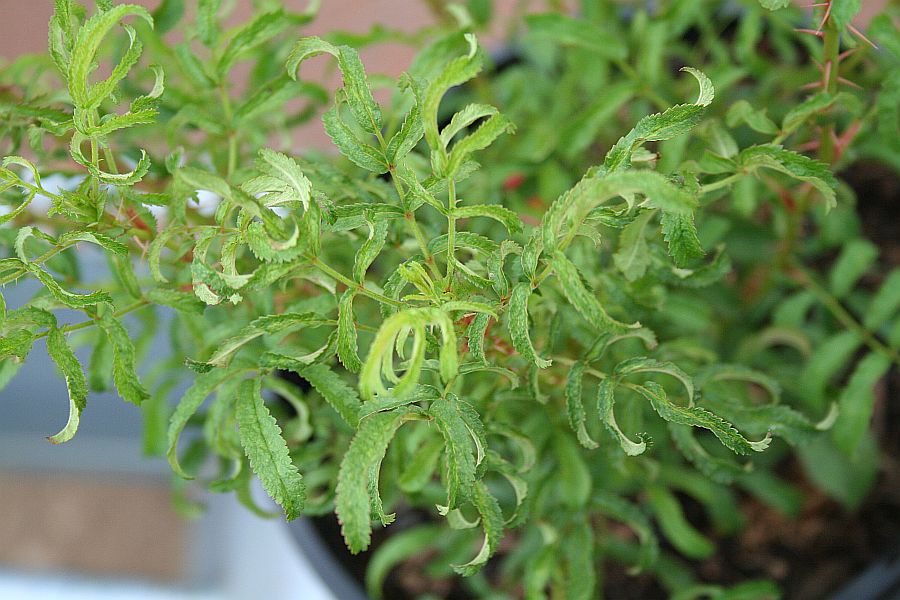
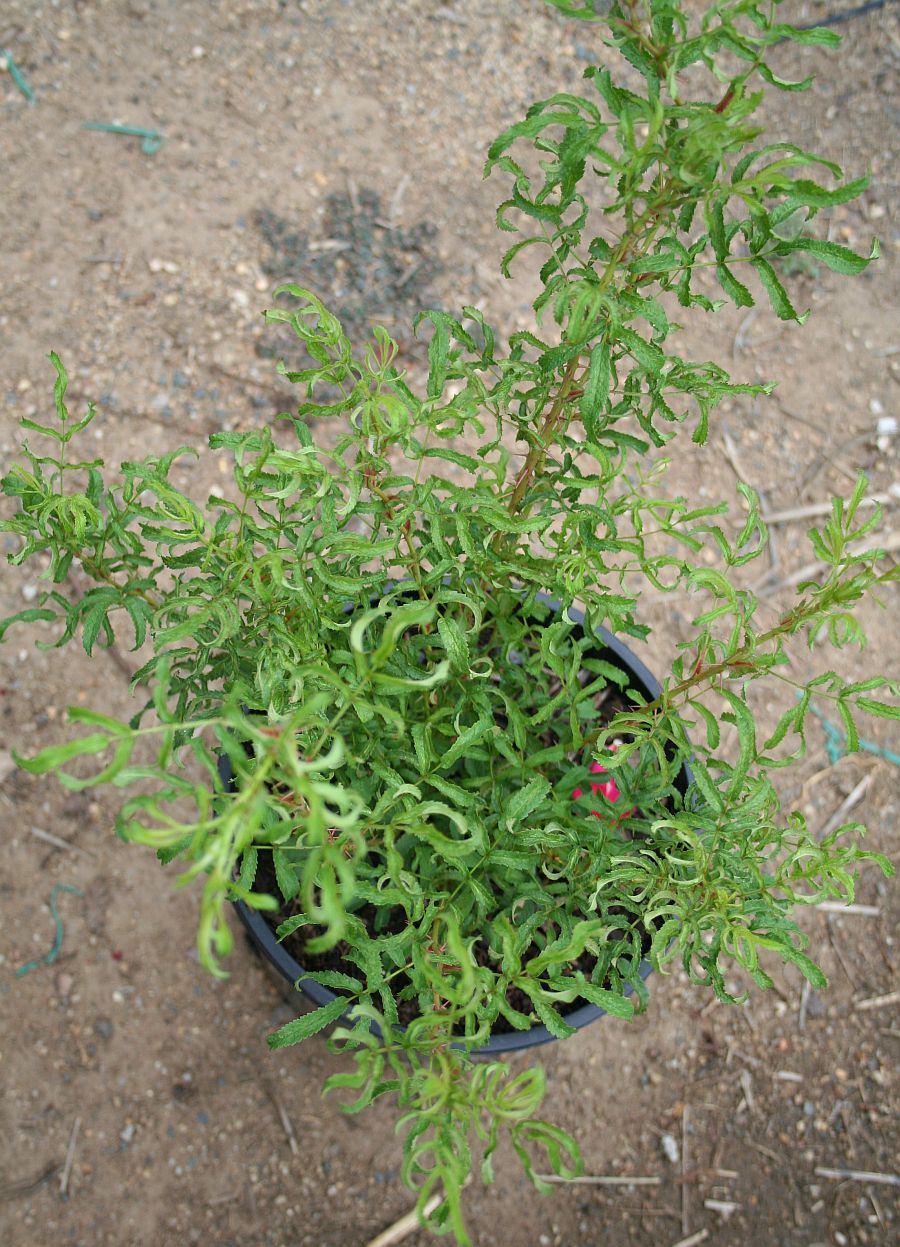
This is a 2017 seedling of Fru Dagmar Hastrup (T) Type 2 X [ Disco Lemonade X [(Sympathie X R.virginiana) X (Mimas X R.virginiana)]]
Seedling S5 T140
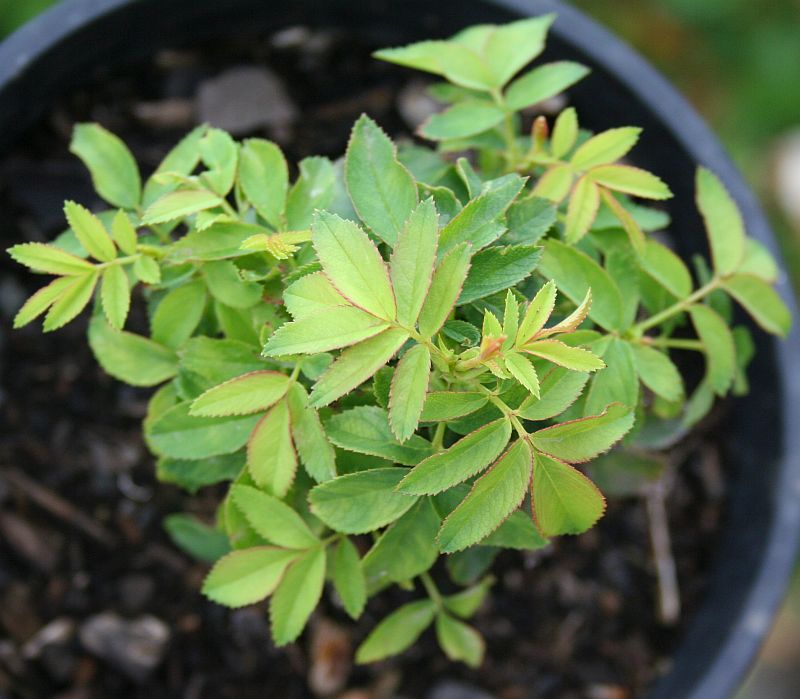
Hi Warren,
Has the Fru Dagmar Hastrup (T) Type 1 x R. tunquinensis that was in bud bloom yet? Can you show us the photos?
Thanks you, chuckp.
Hi Charles;
I thought this had been posted, the bloom was not anything special, but its what is inside that really matters at this stage.
Cheers Warren

Yay something to look forward too…have made a lot of that cross this year…
On a slight tangent, with the 46c/115f heat wave over the weekend, many of last years sweet spot calypso seedlings I had (at least seemingly) have died, no other seedling fatalities (although many did have burnt leaves, just nothing else has entirely defoliated and turned black unless one of it’s parents was SSC)…just seems an odd occurrence to be coincidence. Have you notice d the SSC seedlings being heat intolerant of death being common?
Hi Plazbo;
This year I would have culled 90% of all seedlings which had SSC in it and what didn’t get culled the heat polished them off. This Cultivar SSC does tend to BS here as well as some of its seedlings, last year I had around 19 seedlings which SSC was a parent and of those, there are only half left due to a BS cull. I think it can be stabilised by crossing it with Hybrid Musks, Hybrid Multiflora. Those seedlings of yours which burnt in the hot spell probably had a bit of PM as I noticed here those even with slight PM were effected by the heat and the foliage became crispy. Those seedlings of SSC from previous years which made it through to this year were not effected by the 46 days.
Cheers Warren
Thnk you.
I agree that PM would have been probable, SSC gets covered in it for a while in spring here, have never seen any rose with it nearly as bad, most of its seedlings went through a noticeable PM period too.
Hopefully some of the new hulthemia being sold this year are better breders.